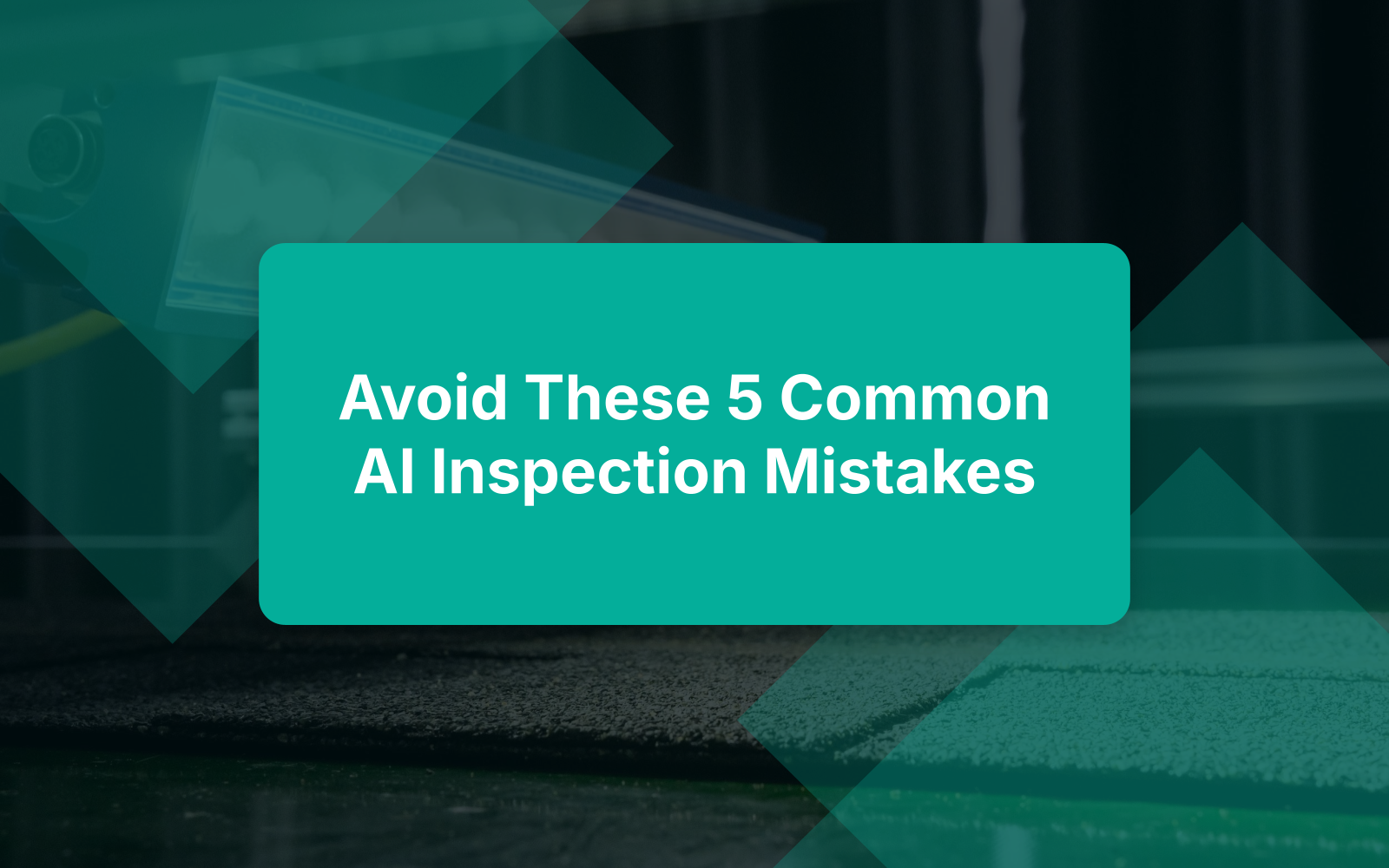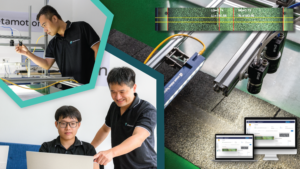Navigating the integration of AI inspection systems into your manufacturing processes can be daunting. While the potential benefits of machine vision and automated quality control are substantial, many organizations stumble in the implementation phase. Mistakes can lead to wasted resources, reduced efficiency, and even compromised product quality. This article highlights five common pitfalls to avoid when integrating AI inspection systems, ensuring a smoother transition and enhanced operational success.
Introduction to AI Inspection Systems
AI inspection systems are revolutionizing quality control in manufacturing by automating processes using:
- Advanced Algorithms: Implementing cutting-edge computer algorithms.
- Machine Learning Techniques: Employing AI to adapt and improve over time.
Key Benefits
- Mimic human visual inspection capabilities.
- Enhance speed, consistency, and accuracy.
- Quickly identify defects and anomalies in production lines.
Why Integrate AI Inspection?
- Operational Efficiency: Streamline processes and reduce bottlenecks.
- Minimized Human Error: Increase reliability and precision.
- Enhanced Product Quality: Consistently maintain high standards.
Successful Implementation
- Careful Planning: Ensure thorough preparation and strategic rollout.
- Team Preparedness: Train and educate staff on new systems.
- Process Readiness: Adapt workflows to incorporate AI smoothly.
- Data Management: Organize and optimize data for AI analysis.
Embracing AI inspection opens new avenues in manufacturing, focusing on precision and reliability.
Mistake #1: Ignoring Data Quality
Importance of High-Quality Data
When it comes to AI inspection systems, the old saying "garbage in, garbage out" rings especially true. The performance of your AI models heavily relies on the data you feed them. If your data is flawed—whether outdated, inconsistent, or irrelevant—you risk inaccurate results. Imagine an inspection system that misidentifies defects or fails to recognize quality products because it’s trained on the wrong data. This not only wastes resources but could damage your reputation. High-quality data ensures that the insights and decisions generated by the AI are reliable, enabling improved quality control.
Strategies to Ensure Data Quality
To avoid these pitfalls, implement effective strategies for data quality. Start by conducting regular audits of your data sets, checking for discrepancies, updating stale information, and ensuring consistency across records. Consider creating standard operating procedures (SOPs) for data collection to minimize errors. Regular guidelines for data management will keep your AI systems running smoothly, setting the stage for successful inspections and enhanced overall efficiency.
Mistake #2: Overlooking Employee Training
Need for Comprehensive Training
A well-trained workforce is crucial for AI inspection systems. Human oversight still plays a significant role, especially when the tech doesn't perform as intended. If employees aren't equipped to troubleshoot or understand AI nuances, you're setting your operation up for potential failure. Technical gaps and a lack of understanding can lead to mistrust in the system and resistance to its use.
Training Initiatives to Implement
Creating accessible training materials can be a game-changer. Think user-friendly guides, video tutorials, or interactive e-learning modules tailored to different learning styles. Encouraging hands-on experience fosters confidence and empowers employees to engage with the technology. Set up simulated environments for interaction with AI systems without real-time decision pressure. By investing in your workforce, you're laying the groundwork for effective AI integration. Explore how manufacturers can get started with AI in quality control at ZetaMotion.
Mistake #3: Underestimating Integration Complexity
Technical Challenges in Integration
Rolling out AI inspection isn't a plug-and-play deal. Potential compatibility issues with existing machinery, software glitches, or inadequate infrastructure can stall implementation, costing time and effort. Evaluate your current setup and identify areas needing updates before diving in.
Planning for a Smooth Integration
Planning is key to avoiding integration chaos. Bring together cross-functional teams, including IT, floor managers, and operators, to create a cohesive strategy. Consider whether a gradual rollout suits your environment, allowing you to test, learn, and adjust on the fly. This leads to a smoother transition and helps catch flaws before they become major roadblocks.
Mistake #4: Neglecting Regular Maintenance
The Need for Ongoing Support
Once your AI inspection system is running, regular maintenance is crucial. Ignoring this can lead to diminished accuracy, slower processing, and costly errors. Without ongoing support, you're risking inspection reliability. Regular check-ins and discussions prevent potential issues from escalating.
Establishing Maintenance Protocols
Create a solid maintenance plan by setting up regular check-ins to review system performance. Allocate resources specifically for technical support and maintenance tasks. This could involve designating a team member responsible for overseeing system health or partnering with AI technology experts. By prioritizing regular updates and support, you increase the longevity and effectiveness of your AI inspection systems, ensuring reliable performance every time. Discover ways to achieve 99.99% accuracy with seamless integration at ZetaMotion.
Mistake #5: Failing to Measure Success
Importance of Key Performance Indicators (KPIs)
Defining success for your AI inspection system is crucial. Without clear indicators, you’re essentially flying blind. Identify what metrics matter most to your operation—accuracy rates, defect detection frequency, and inspection time savings. These KPIs help determine if the system delivers anticipated benefits, providing tangible goals to strive for.
Creating a Feedback Loop
Once you've established your KPIs, create a feedback loop by regularly reviewing metrics and adjusting processes based on findings. For example, if there's an increase in false positives, investigate the root cause and reformulate your approach. This iterative process leads to continual improvement and ensures alignment with quality standards and operational efficiency. Learn more about maximizing cost savings and efficiency with AI-driven quality control at Forbes and explore digitization and automation in smart quality control at McKinsey.
Conclusion
To maximize the benefits of AI inspection systems, avoid pitfalls that can hinder your progress. Prioritize data quality to ensure reliable results. Invest in employee training; even the best AI needs human insight for optimal function. Address the complexities of integration by engaging different departments and ensuring infrastructure readiness. Maintain regular maintenance for consistent performance. Finally, establish clear KPIs for success and foster a feedback loop for continuous improvement. By focusing on these areas, you'll enhance quality control processes and create an environment where AI technology can truly shine.





